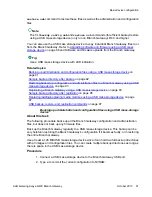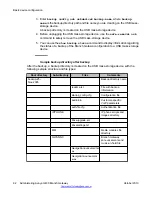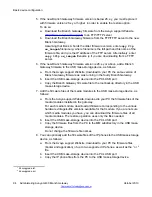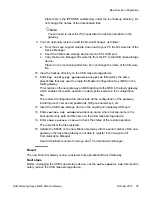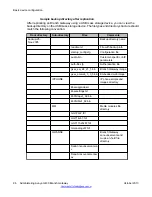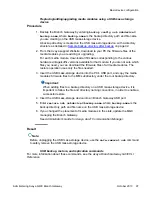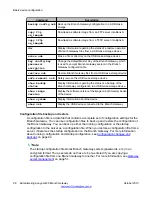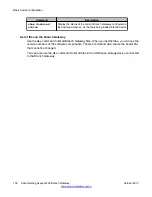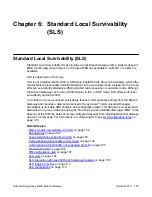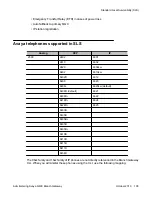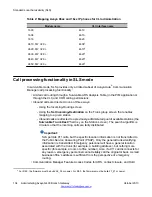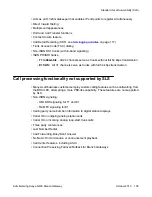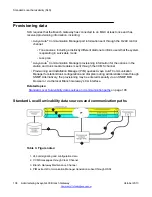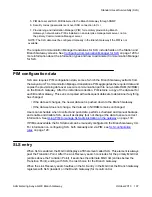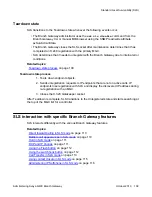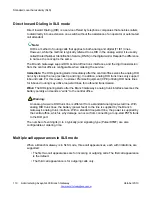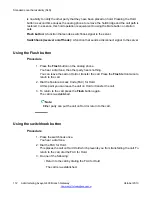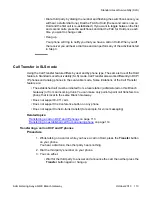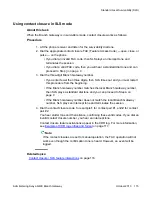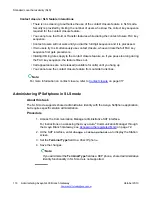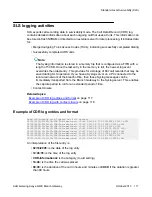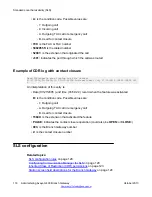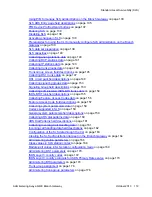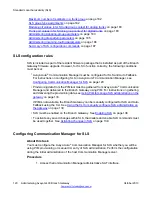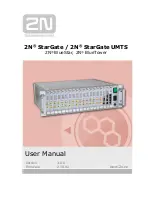
• Acts as an H.323 Gatekeeper that enables IP endpoints to register simultaneously
• Direct Inward Dialing
• Multiple call appearances
• Hold and Call Transfer functions
• Contact closure feature
• Call Detail Recording (CDR, see
• Trunk Access Code (TAC) dialing
• Non-ISDN DS1 trunks (with in-band signaling)
• ISDN PRI/BRI trunks:
-
T1 robbed-bit:
. All 24 channels serve as trunks without full 64 kbps transmission
-
E1 CAS:
. All 31 channels serve as trunks with full 64 kbps transmission
Call processing functionality not supported by SLS
• Many small business customers employ custom calling features such as call waiting, from
the BOC/LEC, attempting a more PBX-like capability. These features are not supported
by SLS.
• Non-ISDN signaling:
- DMI BOS signaling for T1 and E1
- R2-MFC signaling for E1
• Calling party name/number information to digital station displays
• Caller ID on outgoing analog station calls
• Caller ID on incoming analog loop-start trunk calls
• Three party conferences
• Last Number Redial
• Call Forwarding-Busy/Don’t Answer
• No Music On Hold source or announcement playback
• Call Center features, including ASAI
• Connection Preserving Failover/Failback for Branch Gateways
Standard Local Survivability (SLS)
Administering Avaya G430 Branch Gateway
October 2013 105
Summary of Contents for G430
Page 1: ...Administering Avaya G430 Branch Gateway Release 6 3 03 603228 Issue 5 October 2013 ...
Page 12: ...12 Administering Avaya G430 Branch Gateway October 2013 ...
Page 246: ...VoIP QoS 246 Administering Avaya G430 Branch Gateway October 2013 Comments infodev avaya com ...
Page 556: ...IPSec VPN 556 Administering Avaya G430 Branch Gateway October 2013 Comments infodev avaya com ...

